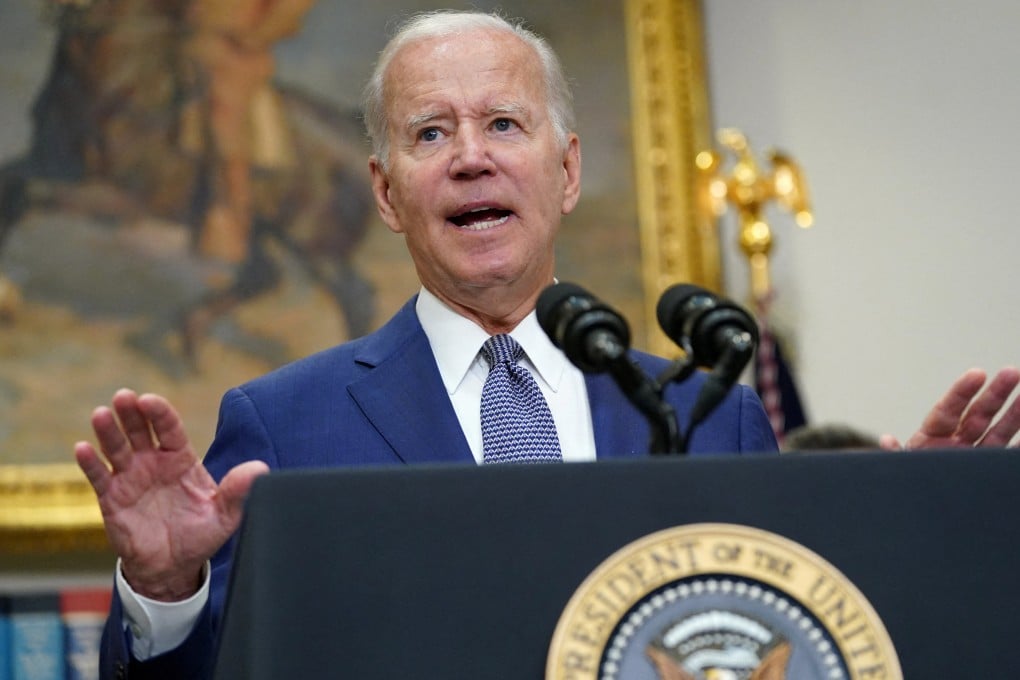Trump-era tariffs on Chinese tech imports cost US firms US$32 billion, hurting production and jobs
- US firms paid over US$32 billion in tariffs to import Chinese technology products from the start of the trade war in July 2018 until the end of 2021
- Consumer Technology Association calls for an elimination of tariffs on consumer technology products and inputs amid 40-year-high inflation in the US

Over US$32 billion of “ineffective” Trump-era tariffs imposed on consumer technology imports from China stalled growth in production and employment in the United States, hurting both businesses and consumers, according to a report.
The Consumer Technology Association report released on Tuesday found that American companies have paid over US$32 billion in tariffs to import Chinese technology products from the start of the trade war in July 2018 until the end of 2021, with the figure having likely risen to close to US$40 billion since the start of this year.
It urged US policymakers to eliminate tariffs on consumer technology products to mitigate inflation and lower costs and to eliminate tariffs on inputs to revitalise jobs and manufacturing of technology products.
With rising prices across all sectors of our economy, removing tariffs would mitigate rampant and harmful inflation and lower costs for Americans
“It’s clear that the tariffs have not been effective in dealing with China and are instead hurting US businesses and consumers,” said Consumer Technology Association vice-president Ed Brzytwa.